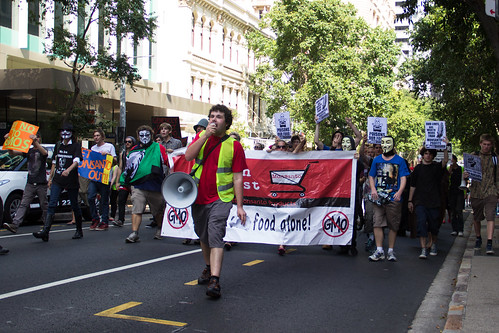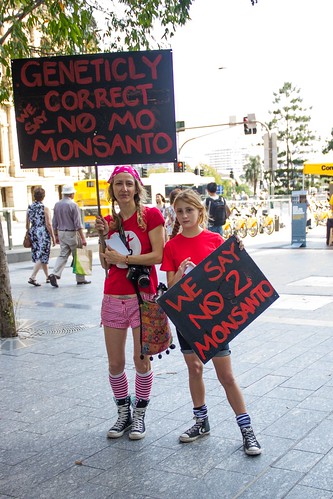
Mesoporous silica particle
The consumer and environment advocacy group Friends of the Earth has commissioned independent research that confirms nanoparticles of titanium dioxide and Silica in a range of food products. Foods known to be affected so far include M&Ms, Nestlé Coffee Mate Creamer, Old El Paso Taco Mix and Woolworths Homebrand White Sauce.
In light of statements by Food Safety Australia and New Zealand (FSANZ) given to Parliament that food products containing these ingredients will not be sold until they have been subject to safety testing and pre-market approval, there is concern that the problem is unquantified and many more foods may contain nanoparticles.
FOE Press Release available here: Independent testing finds illegal and potentially harmful nanoparticles in common food products.
Further evidence that the government have a head in the sand approach to nanoparticles in food can be found on the Department of Health (via National Industrial Chemicals Notification and Assessment Scheme, NICNAS) website that claims “Reported uses of TiO2 nanoparticles in Australia are similar to the overseas uses — cosmetic and sunscreen products and surface coatings such as paint”. No mention of food. Without labelling requirements, and with the government denying the presence of nanoparticles, consumers are unable to decide to exercise caution in the consumption of foods containing nanoparticles.
Read the NICNAS Nanoparticle Report.
There are few safety studies available on the use of nanoparticles in food, but studies that have been done on nanoparticles point to potential carcinogenic affects, genotoxicity or immune system compromise. The report “Titanium dioxide nanoparticles: a review of current toxicological data” provides a review of current research. Part of the finding raises concern about pulmonary inflammation and lung cancers:
“Pulmonary inflammatory responses and lung cancers are the most important adverse effect observed in experimental animals due to TiO2 NP exposures. When only using realistic doses are considered, as in the case of some inhalation studies, inflammatory responses are still a prominent effect seen. ” http://www.particleandfibretoxicology.com/content/10/1/15
More research is needed before deciding on whether nanoparticles are safe for human consumption.
UPDATE: In response to the SMH article Nanotechnology Found in Popular Foods Despite Repeated Denials by Food Regulators, FSANZ has released this statement. The statement essentially amounts to “FSANZ and other international food regulatory agencies have not identified any health effect known to be associated with the use of nanoparticles of titanium dioxide and silica, following oral ingestion in foods”. They have also announced that a leading toxicologist will be undertaking a review into nanoparticles in food, with the final report expected to be published in late 2015 to early 2016.
Note: This article originally appeared in foodirradiationwatch.org, by the same author.



